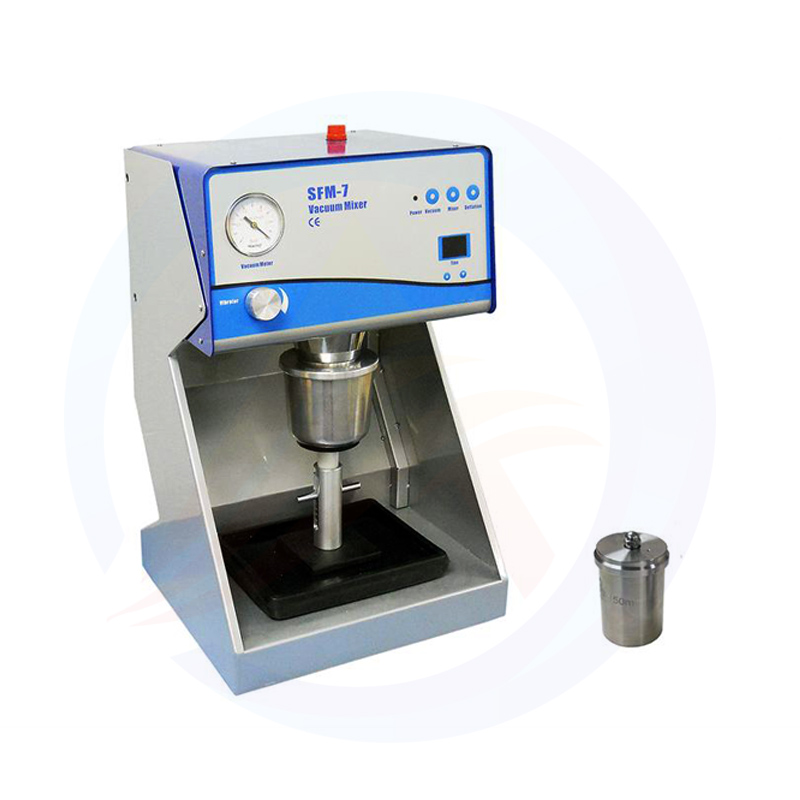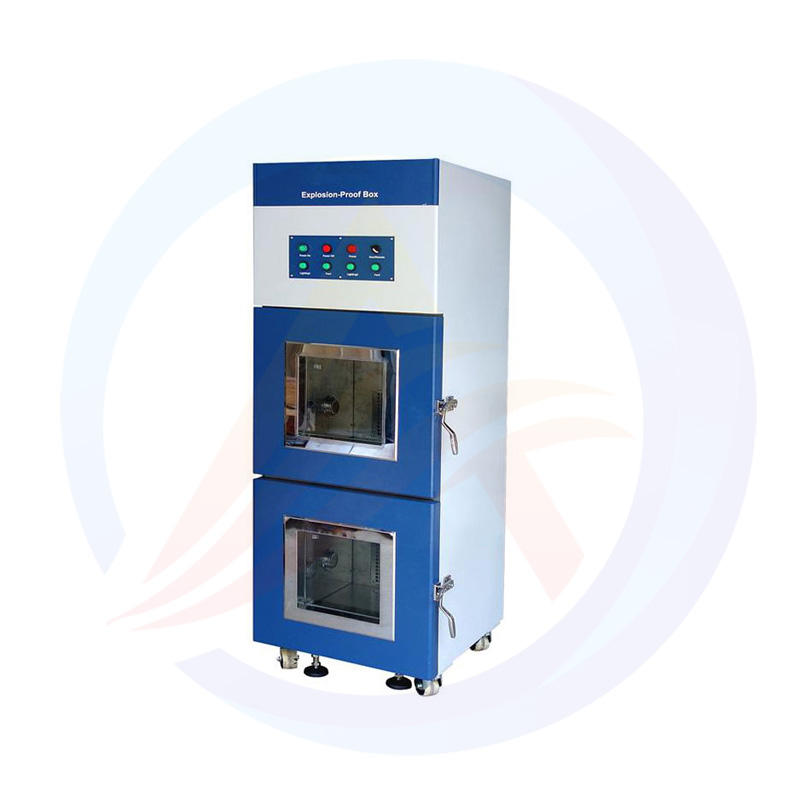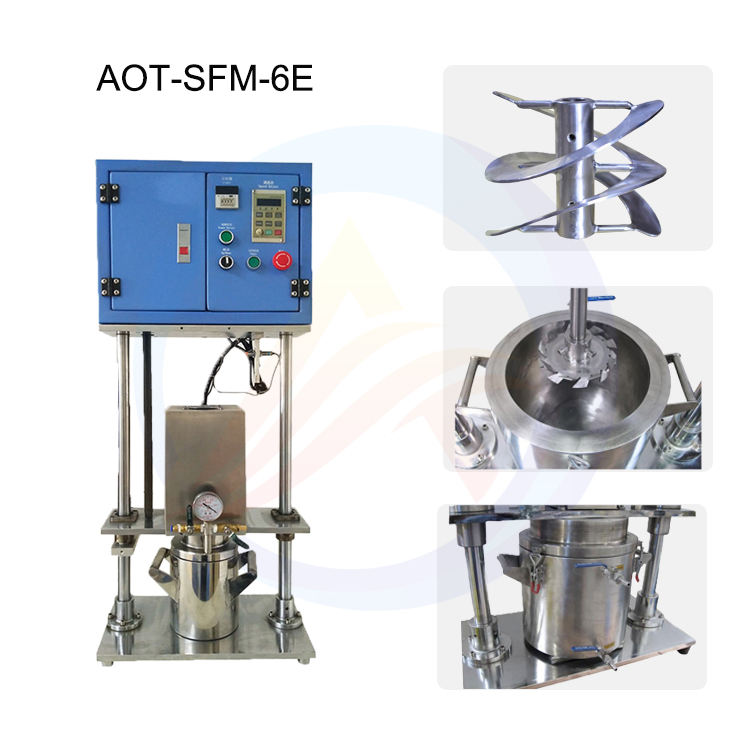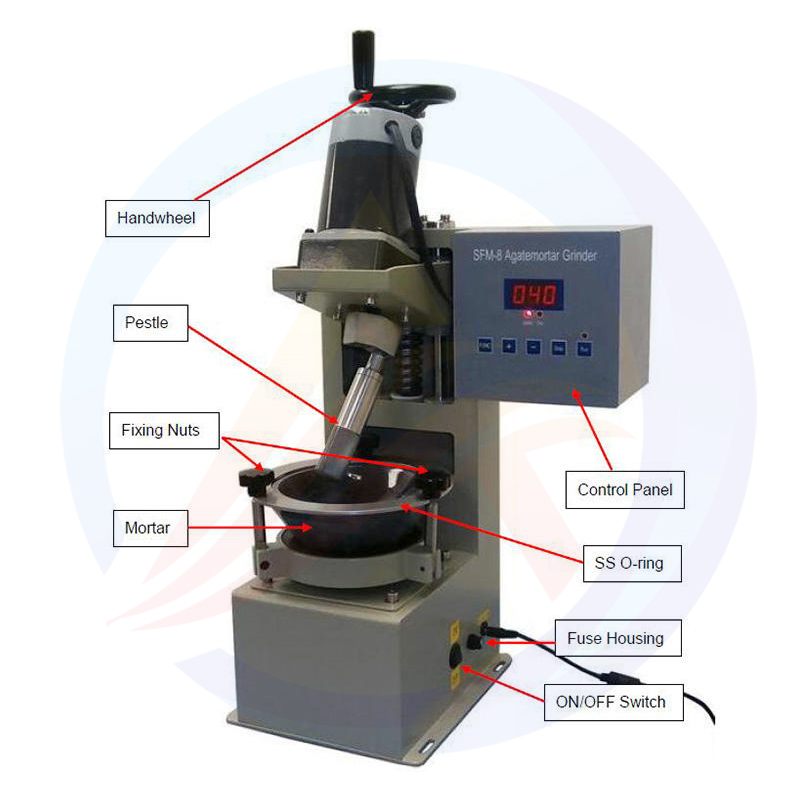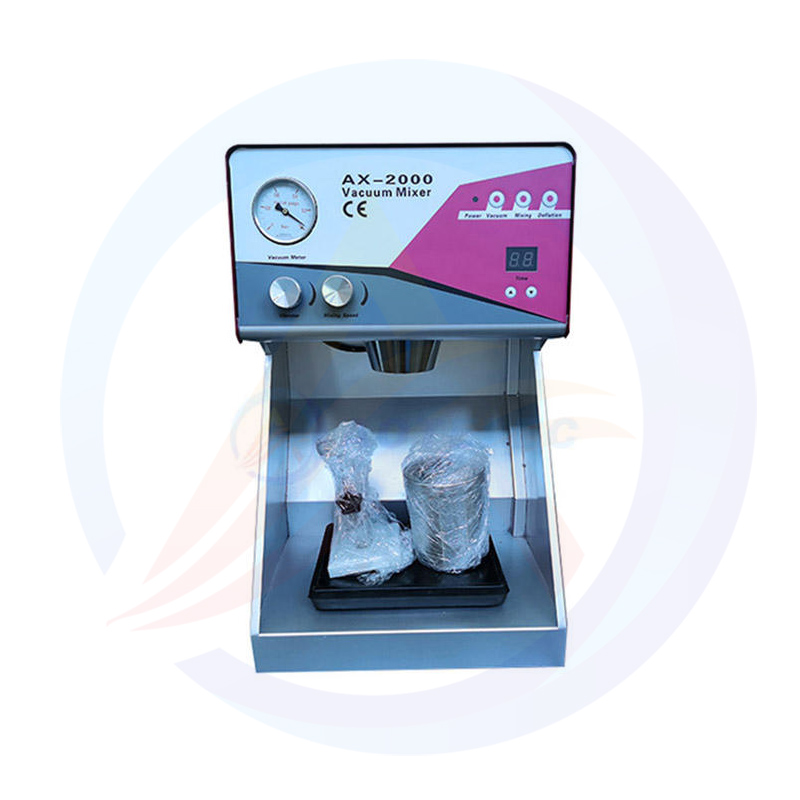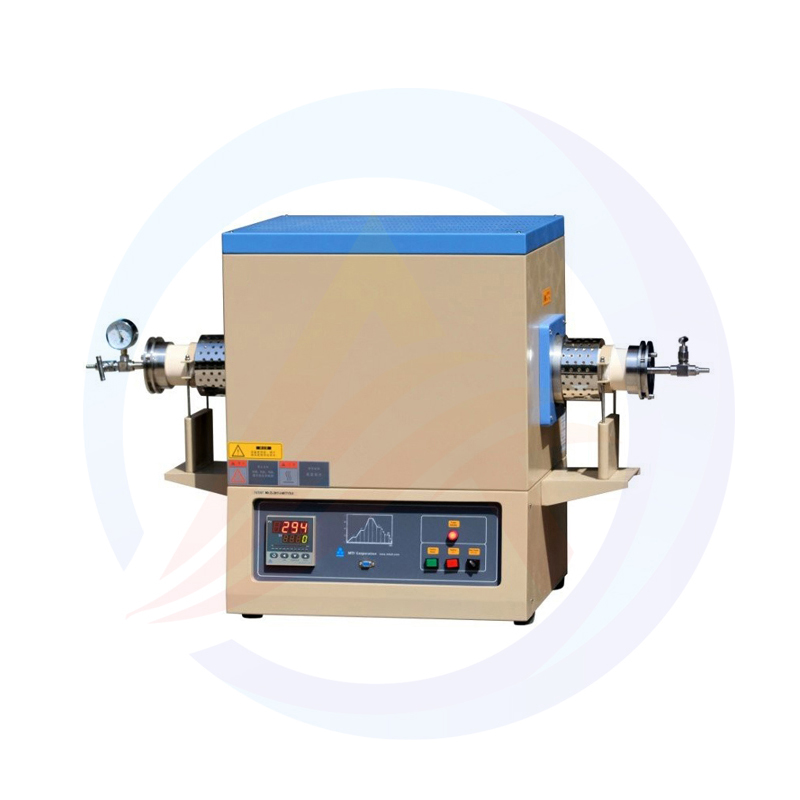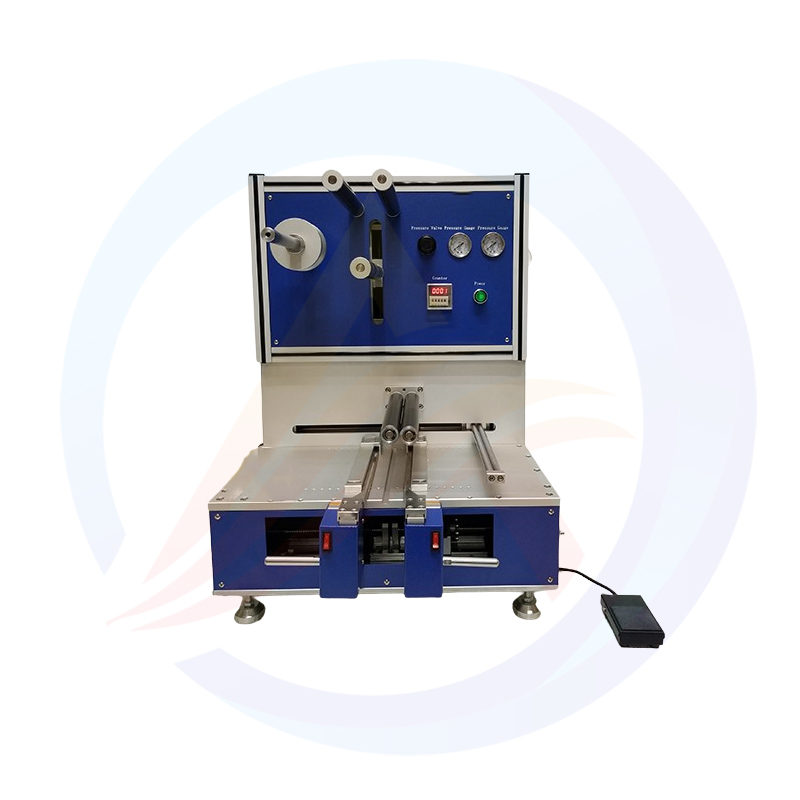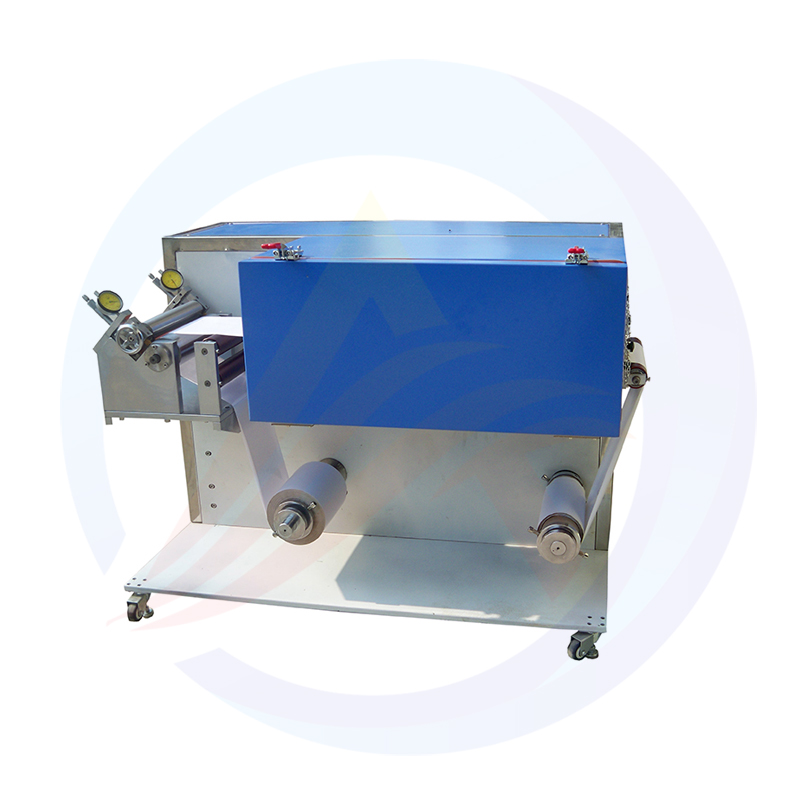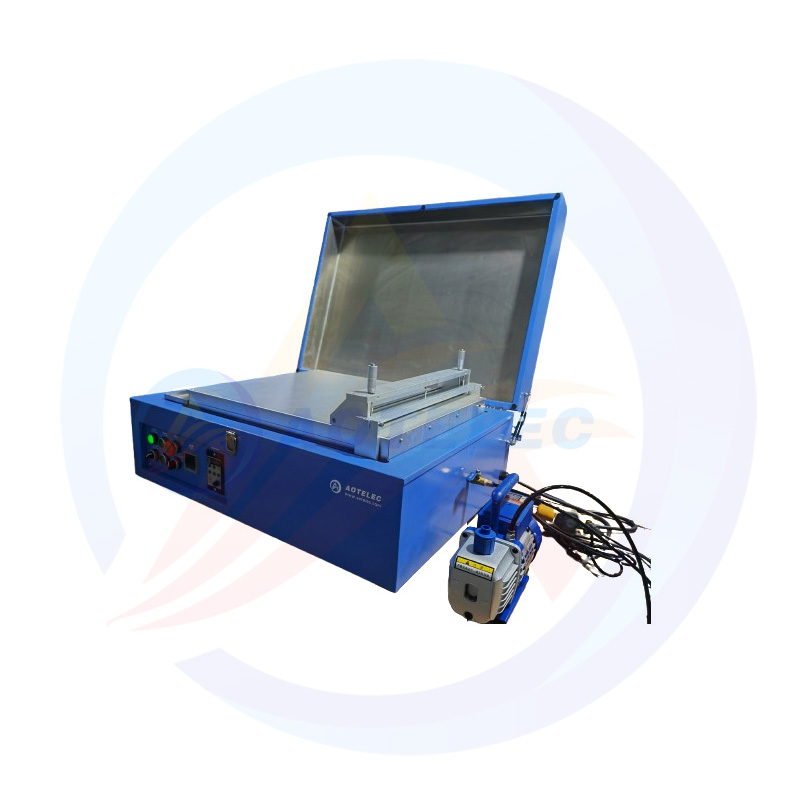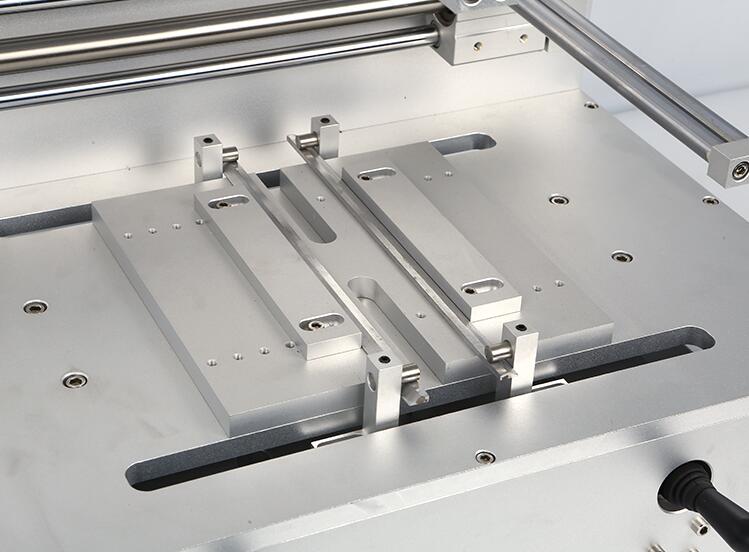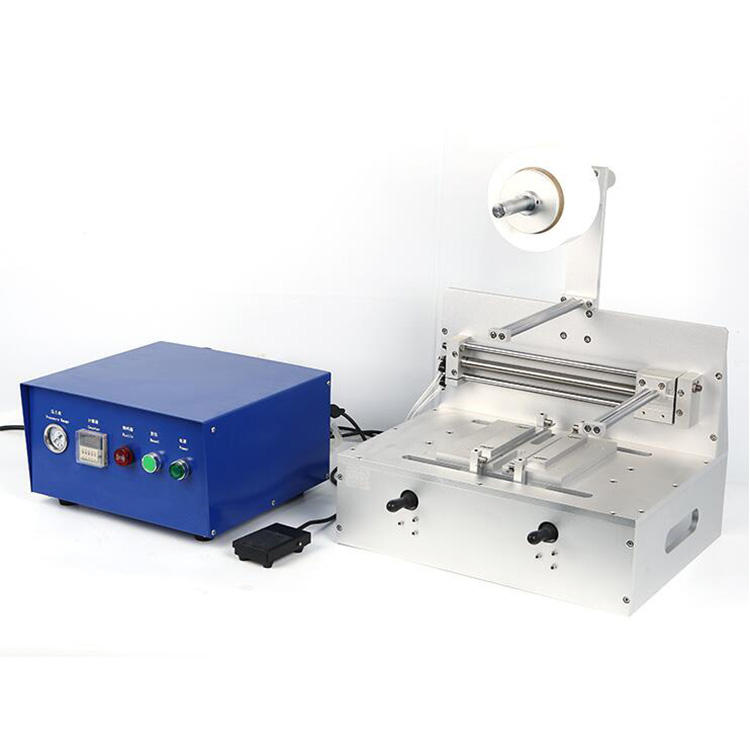1. Classification of laminated equipment
2. Principle of laminated equipment
3.Key structure of laminated equipment
4. The battery stacking machine functions
1. Classification of laminated equipment
Z-type stacking machine can be divided into simplex Z-type stcaking machine, multi-station Z-type laminating machine, swing Z-type stacking machine and die-cut Z-type stacking machine. From the point of view of the cell structure process, because the mechanism of Z-stacking is the reciprocating high-speed movement of the diaphragm material and then the press needle action of the stack, this process will inevitably appear the problem of inaccurate positioning of the pole plate (the press needle moves away from the pole plate, which cannot be monitored online), the problem of not being able to close the online data loop, and the diaphragm stretching deformation is uneven. The risk of deformation and failure is also higher in highly accelerated motion.
From the manufacturing point of view, Z-lamination requires the auxiliary time of blanking and tail winding, which will have a great impact on the efficiency in the cell manufacturing process. In addition to the single-station efficiency improvement, the multi-station production method is generally used to improve the efficiency. However, the multi-station Z-type laminator has a complicated pole-plate scheduling system, and the actual utilization rate of the machine is low.
Composite stacking
It can be divided into composite folding machine, composite stacking machine and composite folding machine. The base of the composite lamination requires the use of double-sided adhesive diaphragms, including water or oil diaphragms. The electrode plate and diaphragm are adhered together by pressure and temperature to form a composite unit, and then the cell is formed by different ways. At the same time, the composite stacking technology is suitable for the production of semi-solid or all-solid state batteries in the future. Composite lamination can ensure that the diaphragm tension is uniform, there is no stretch mutation, the diaphragm pole sheet combined with the interface is uniform, positive and negative electrode sheets can be detected online, and the alignment degree of the diaphragm can achieve closed loop manufacturing data, so it is very helpful to improve the quality of lamination manufacturing.

2. Principle of laminated equipment
2.1 Z-type laminator: This device completes the automatic stacking, gluing and automatic blanking functions of the power battery. The diaphragm is actively uncoiling, and the vertical tension mechanism is introduced into the main stacking table through the transition roll. The main laminating table drives the diaphragm to move back and forth, folds and places the pole sheet in a Z-shape. The positive and negative manipulators respectively take out the pole pieces from the positive and negative pole pieces box, position them by the secondary positioning table, and accurately stack them on the main laminate table. After stacking to the set number of pieces, stop stacking, finish the tail winding, gluing, automatic post-processing. The equipment flow chart and main performance index table are as follows:
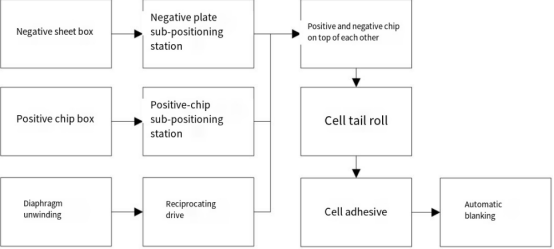
It is used to realize high-speed automatic stacking process, which mainly includes positive and negative electrode plate and diaphragm unwinding mechanism, pole plate cutting and dust removal mechanism, pole plate diaphragm hot composite mechanism, lamination platform, cell hot pressing, gluing, weighing, attaching two-dimensional code and scanning code mechanism. The equipment flow chart and main performance index table are as follows:
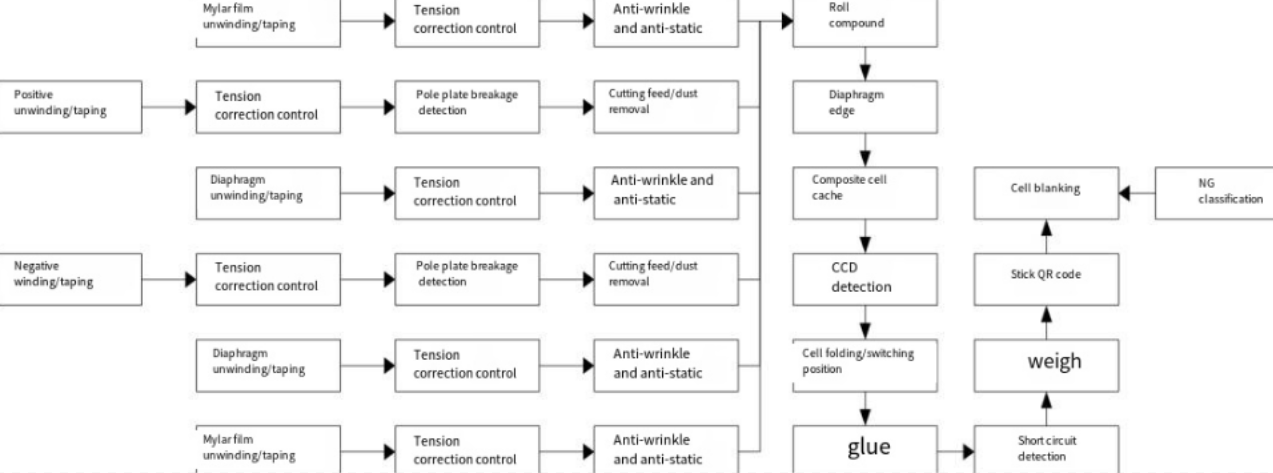
3.Key structure of laminated equipment
3.1 The main components of the Z-type laminator include: frame system, positive/negative plate box assembly, diaphragm unwinding assembly, negative plate secondary positioning assembly, lamination table assembly, manipulator assembly, diaphragm cutting assembly, cell adhesive assembly, cell blanking assembly.
The main components include: frame system, unwinding system, tension control system, pole sheet incoming material defect detection, Mara film rewinding system, deviation correction system, pole sheet cutting/feeding system, thermal composite system, lamination platform, adhesive mechanism, Hi-pot test mechanism, weighing mechanism, two-dimensional code scanning mechanism, feeding mechanism, dust control mechanism.
4. The battery stacking machine functions
It is mainly used to automatically stack the treated positive and negative electrode sheets and diaphragms together in a specific stacking sequence to form a cell assembly. This process has a direct impact on the final performance of the battery, including its energy density, endurance and safety.
Specifically, the battery laminator achieves precise control of the battery cell lamination through its efficient automated process. It can not only improve production efficiency, but also ensure the accuracy and stability of the lamination, which is essential to improve the overall quality of the battery. In addition, the use of the laminator also makes the monitoring and management of the battery production process more convenient and efficient, further improving the automation level of production.
In short, the technological innovation of the battery laminator is an important milestone in the field of new energy battery manufacturing. It not only promotes the improvement of battery production efficiency and the optimization of battery product performance, but also leads the technological development direction of the industry. It is believed that in the near future, with the continuous progress of technology and the continuous expansion of the market, the battery laminator industry will usher in a better development prospect.

